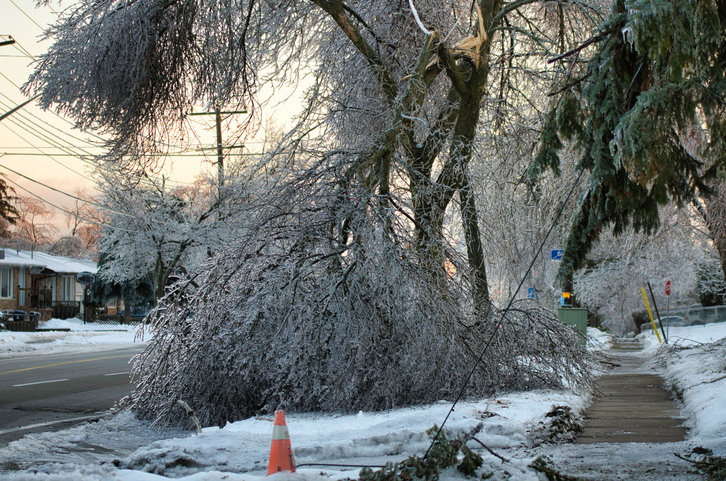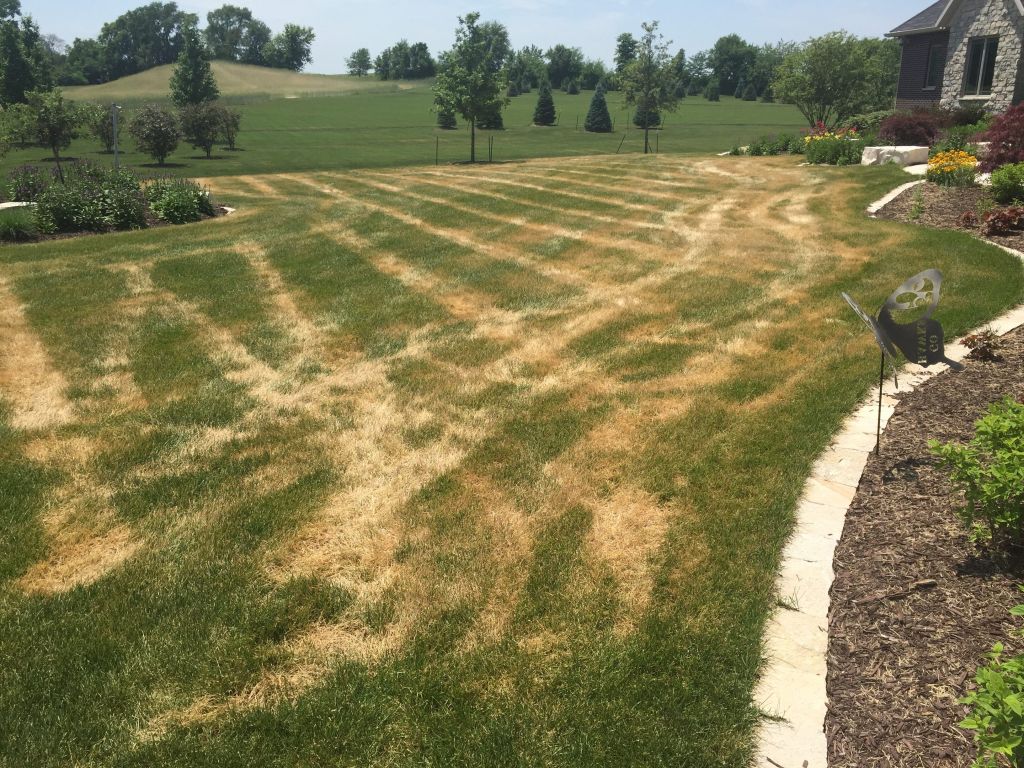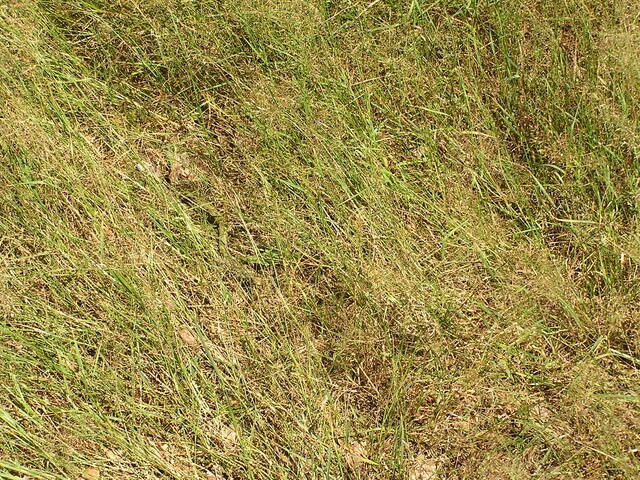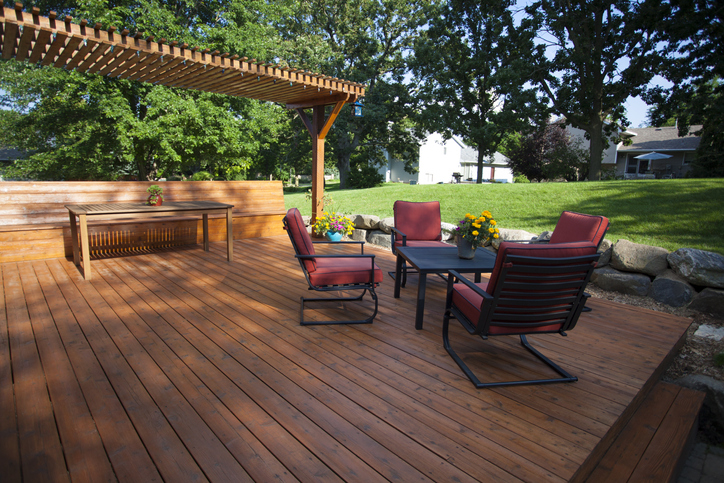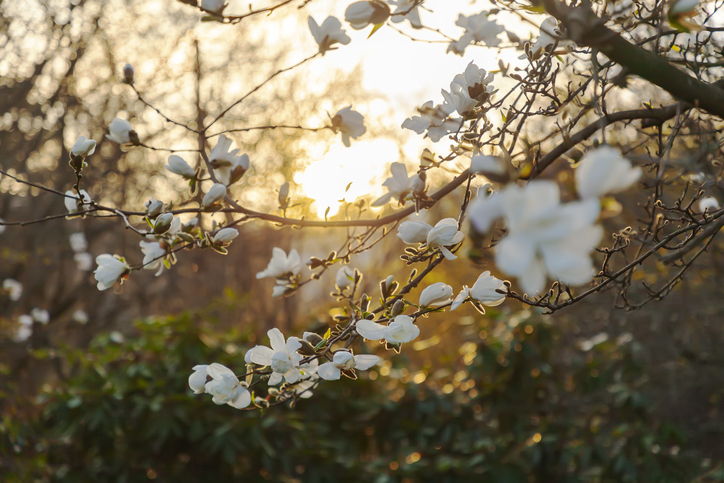Denver winters are known for being very cold, and most plants have adapted to snowy conditions. Although the temperatures typically remain below freezing from late fall to early spring, it’s not uncommon for the area to experience warm, dry periods as well. Although warm and sunny temps may feel fantastic, they can lead to winter droughts that are harmful to plants. Let’s look at how to water your plants throughout the winter months so they are healthy and strong in the spring.
When Should I Water Plants in the Winter?
Colorado winters have a reputation for being cold and snowy, but that’s not always the case. Dry spells are common, and temperatures can fluctuate from very cold to sunny and mild. Snow and ice will melt and water your plants, but when temperatures are dry for a number of weeks, it’s important to water them. Dry periods can quickly become droughts for plants, and irregular watering can lead to weakened root systems. If there has been no precipitation for at least three weeks, it’s best to water your plants thoroughly. This will prevent root damage from occurring as a result of winter drought conditions, and your plants will thank you when spring arrives.
Make sure that when you water your plants, the temperature is above 40° F and the ground is not snow-covered. Frozen soil can’t absorb water, so it’s best to wait for the temperatures to warm up a bit. Water at the warmest time of day to ensure that temperatures remain above 40° F as the water soaks into the soil.
How Should I Water Plants Effectively in the Winter?
Water trees at the drip line, where the farthest ends of the branches would drip onto the ground. That way, the entire root system will get the water it needs. It’s also important to water about halfway from the drip line to the trunk of the tree. Trees require about 10 gallons of water for each inch of the trunk’s diameter, and a shrub needs 5 to 18 gallons of water, depending on its size.
Water your plants early in the day, when the sun is warmest, so the moisture has enough time to fully soak into the soil. If you wait too long, nighttime temperatures can dip below freezing, making it difficult for water to reach the roots.
Additionally, waterin when temperatures dip too quickly, can result in frost/freeze cracking.
You can also add a layer of mulch around the base of your trees and shrubs, to encourage better watering, and to provide protection to the roots underneath the soil.
What Plants Need Water Most in Winter?
Most trees and shrubs go into dormancy during the winter, but their roots continue to grow. This means they still need water to survive, or they’ll be weakened when spring arrives. Trees and shrubs that need water the most in Denver winters include evergreens, conifers, and plants with shallow roots like lindens, birches, and Norway and silver maples. Recently transplanted plants should also be watered regularly. Evergreens and broadleaf evergreens on warmer days also benefit from foliage baths to increase humidity.
A Few Precautions
Freezing temperatures can lead to burst pipes and broken attachments, so it’s important to take precaution when watering plants in the winter months. When you’re finished using the hose, disconnect it from the spigot and drain it thoroughly. Otherwise, water inside the hose can freeze, causing it to crack, and your pipes can freeze, leading to disaster.
It’s also best not to use your sprinkler system during the winter months. Frozen water expands, and it can easily break attachments and water lines, which can mean expensive repairs in the spring.
If you’d like to learn more about caring for your plants during the winter months, contact us today. Our experts at American Arbor Care would be happy to help you ensure that your plants are healthy year-round.



